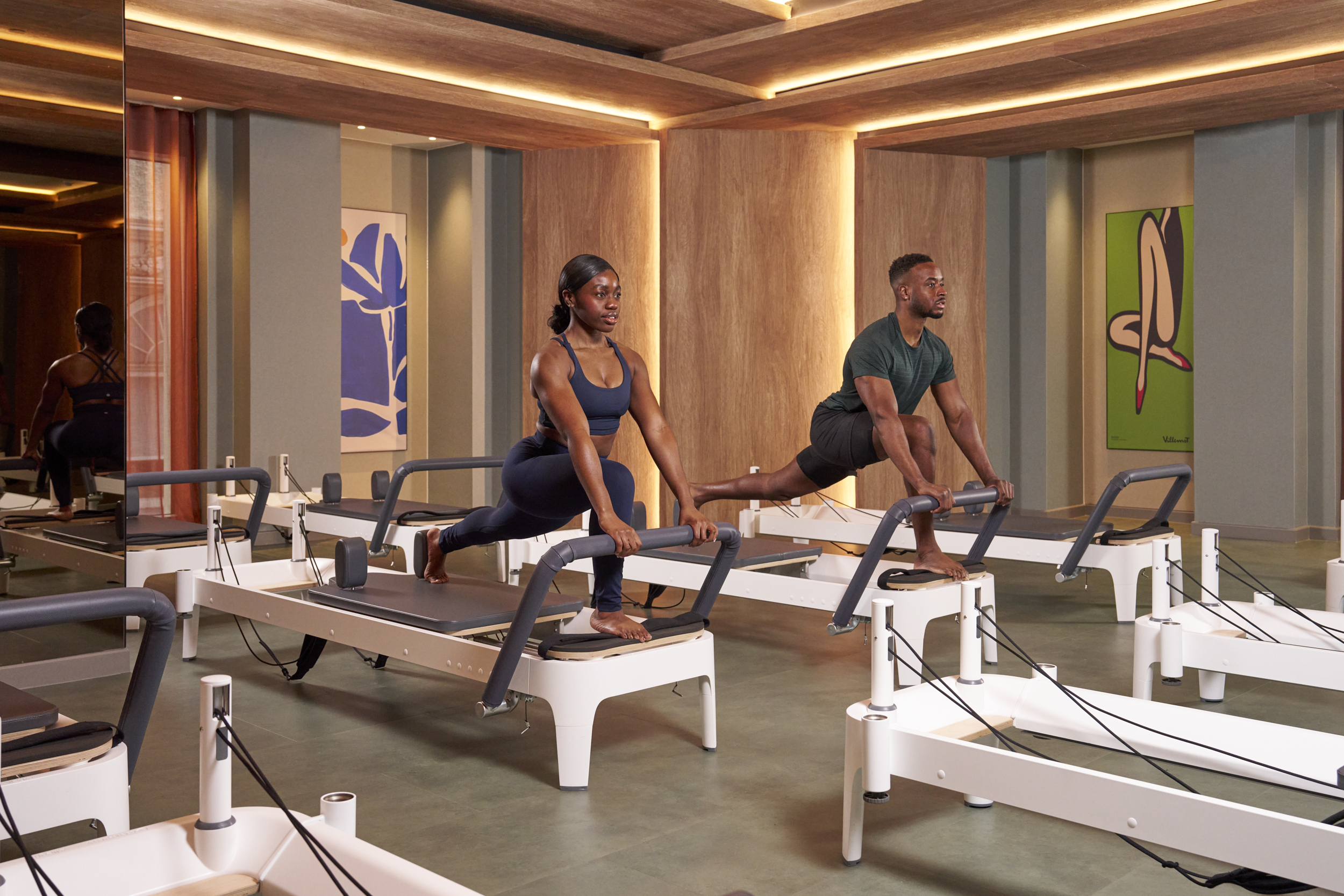- Linkedin Share
- Twitter Tweet
- Email Share
- Copy link Copy link Copied to clipboard
Taking time off from training is completely normal, whether it’s due to holidays, work, injury or simply needing a rest. In fact, a fitness sabbatical can be incredibly beneficial for both your body and mind. But when you’re ready to get back, it’s important to approach it with patience and a sustainable mindset. Fitness isn’t about hitting the ground running; it’s about creating lasting habits that support your wellbeing for life.
With this in mind, we spoke to Holly Haywood, senior instructor for sport and performance, for her top tips on restarting a fitness routine after any kind of break.
Set Realistic, Achievable Goals
One of the most crucial pieces of advice is to start where you are right now, not where you used to be. If you haven’t exercised in months or even a year, aiming to run five miles in your first week isn’t just unrealistic, it risks injury and frustration. Instead, focus on small, manageable goals. The NHS recommends 150 minutes of exercise weekly for healthy adults but build up to that gradually. The key is consistency, not intensity.
Choose Workouts You Enjoy
Fitness should never feel like a chore. The best form of exercise is the one you actually want to do. If running isn’t your thing, don’t force it just because it’s popular. Whether it’s dancing, yoga, cycling or strength training, start with activities that excite you. When exercise feels fun and rewarding, it’s easier to stick with it, especially in the early stages of getting back on track.
Make a Thoughtful Plan
Getting back into training requires structure, especially if your previous routine slipped or life circumstances have changed. Take time to consider your daily schedule and commitments. If early mornings are chaotic, don’t force yourself into a 5am workout; maybe a lunchtime walk, or an evening class fits better. Planning ahead, like setting out your workout clothes the night before or booking classes in advance, can help you overcome excuses and stay consistent.
Master the Basics and Build Foundations
Starting fresh often means revisiting the basics. Focus on fundamental movements like squats, lunges, planks and hip hinges. These simple exercises build a solid base of strength, mobility and stability that supports all other activities. It’s tempting to chase the latest gadgets or advanced workouts, but mastering the basics first reduces injury risk and leads to more sustainable progress.
Prioritise Mobility and Flexibility
Often overlooked, mobility and flexibility are essential to long-term fitness. After a break, muscles may feel tight, and your range of motion limited. Incorporating mobility drills and stretching into your routine will help loosen tight muscles and improve movement quality. This foundation is especially important if you’re returning after injury or childbirth, as it prepares your body to handle more demanding exercises safely.
Fitness as a Lifelong Journey
Remember, fitness isn’t about quick wins or punishing challenges it’s about building habits that last. Instead of racing back to your old routine, focus on steady, achievable progress. Consistency beats intensity and enjoying the process leads to long-term success. When you embrace fitness as a lifelong journey rather than a temporary fix, you set yourself up for not just better physical health but improved mental wellbeing and confidence too.



